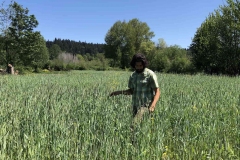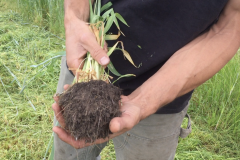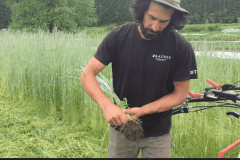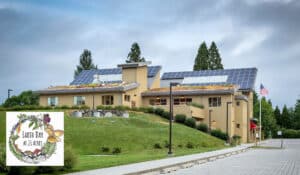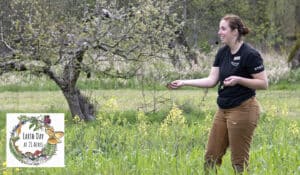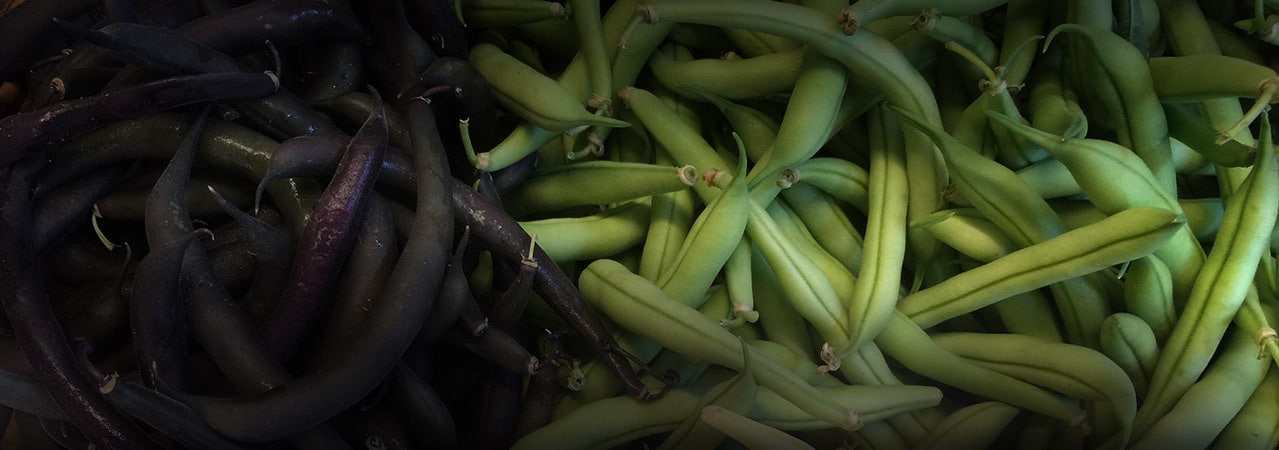
Boosting the Soil with Cover Crops This Fall
Boosting the Soil with Cover Crops This Fall
- posted on: November 3, 2020
- posted by: Rebecca Jordan
"*" indicates required fields

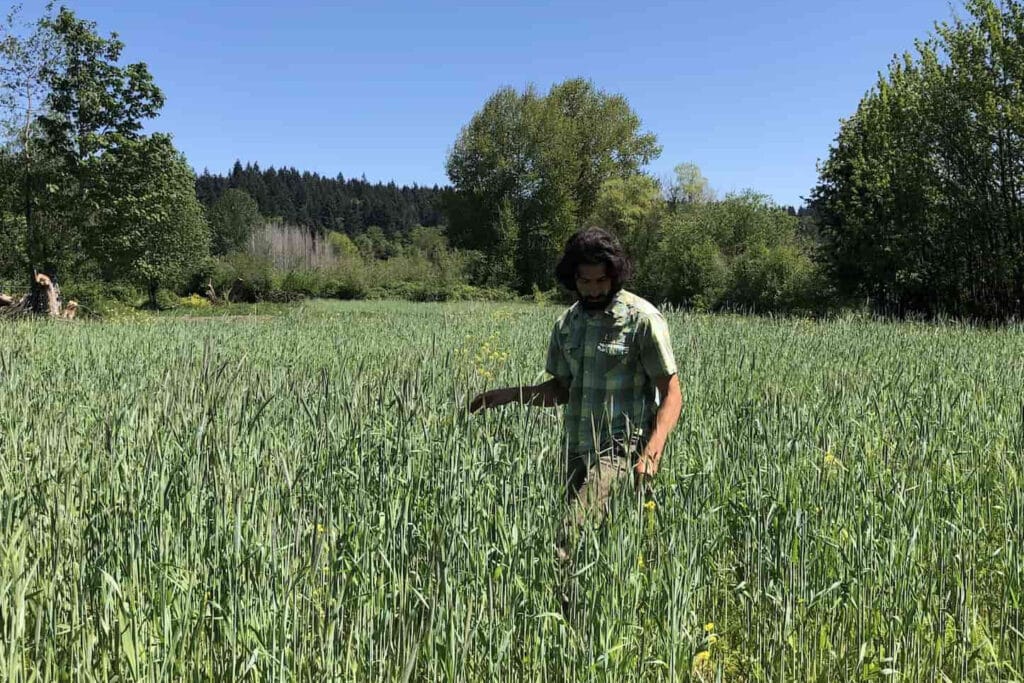
This post is written by Emily Palena, 21 Acres Education Lead.
Fall on the farm means long days of putting the fields to bed for the winter season: harvesting the last of the produce, cleaning out, and seeding our cover crop. Growing cover crop is among the most important practices we undertake as farmers. Simply put, a cover crop is a plant grown primarily for the benefit of the soil rather than the crop yield. This is a regenerative farming practice that increases soil resiliency and builds soil health.
Cover crops can add organic matter and specific nutrients. They break up compaction, suppress weeds, improve flow of water, break pest, weed and disease cycles, reduce erosion, attract beneficial insects, decrease nutrient loss, and much more!
There are hundreds of different cover crops used throughout the world, each with different strengths. Site-specific cover crops are chosen by land stewards based on present soil types and needs. This aligns with the agroecological focus of honoring experiential knowledge; in other words, there is no one right way to cover crop.
Our most prevalent soil type on the 21 Acres farm is Earlmont Silty Loam. It’s a heavy, fine soil with a large clay content, high acidity, and high in soil organic matter. When considering cover crops, we also take into consideration the active water table (read: flooding) across the farm and significant weed pressure in many of our production fields.
We want to support our soil by using cover crops that reduce compaction, support soil structure, maintain nutrients we put into the field, and mitigate weed pressure. Many varieties of cover crop will control against erosion and maintain nutrients. As the cover crop grows it holds the nutrients (and carbon!) in its cells. To best address all our soil needs, this summer and fall, our farmers have specifically chosen to plant buckwheat, a barley and pea mix, and a rye grass and vetch mix.
Healthy soil is the building block to healthy, resilient food systems and a key component in climate action. So, while it may not look like much is happening in our fields this winter, these cover crops are doing some heavy lifting.
Buckwheat, Summer Cover Crop:
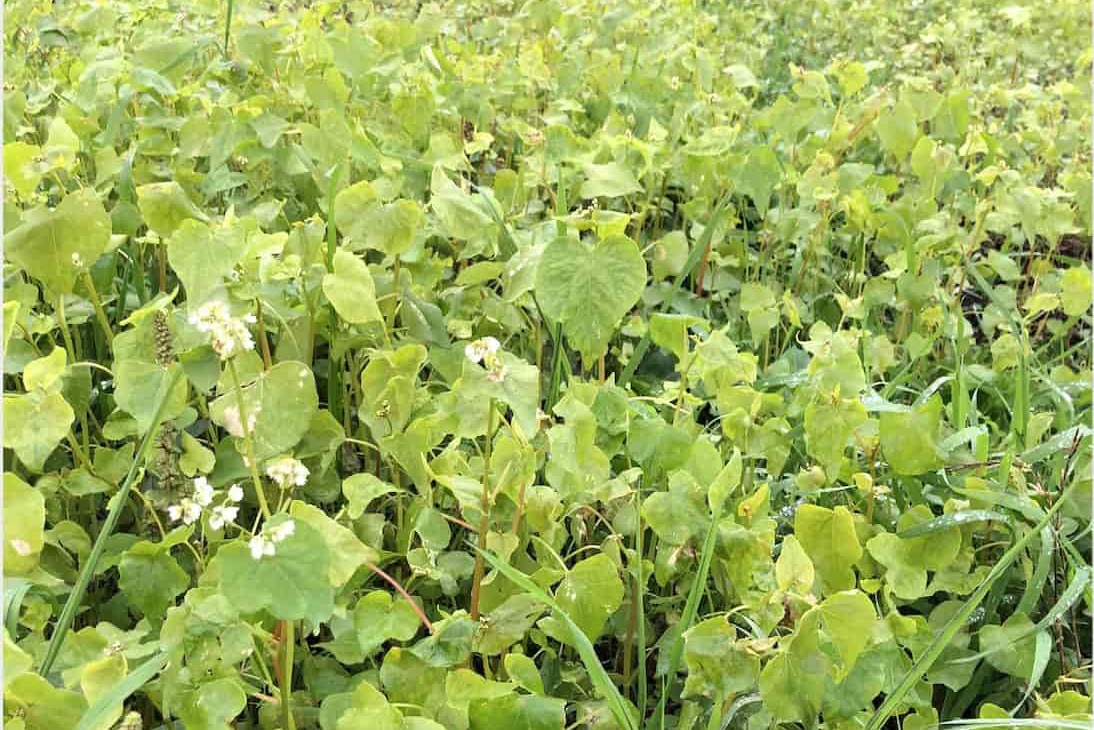
Benefits of Buckwheat:
- Scavenges phosphorus: Its deep taproot scavenges for phosphorus and deposits it higher into the soil profile when it decomposes.
- Allelopathic: Its roots secrete fluids that stop other seeds from geminating, which suppresses weed growth!
- Attracts pollinators: Buckwheat flowers were particularly popular with our honeybees this season.
- Fast Growing: It takes only 30 days to grow and is a good cover crop to squeeze in between plantings.
Rye Grass & Vetch Cover Crop Mix:
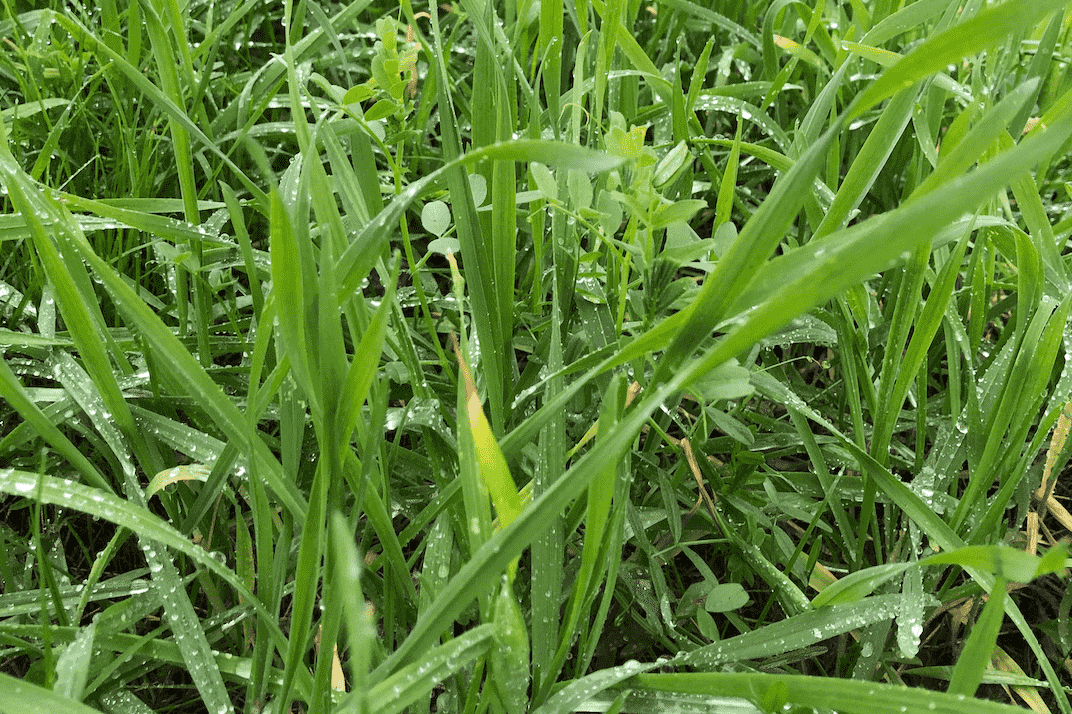
Benefits of Rye Grass:
- Scavenges nutrients: Rye is a cereal grass great at scavenging nutrients and building biomass (nutrient catch crop).
- Suppresses weeds: It’s mildly allelopathic (like the buckwheat) but also helps suppress weeds by shading them out.
- Reduces compaction: Rye’s deep root system breaks up soil compaction.
- Improves tilth: Rye helps with soil structure, leaving fine aggregates after it’s mowed down and incorporated. This contributes to great tilth in the soil structure!
- Mitigates erosion: Keeps good soil where we need it by protecting it from wind and rain.
- Helps establish co-cover crops: Rye grass can be a nurse crop for the vetch seeds in the cover crop mixture. Nurse crops assist with growth of co-crops by providing protection.
- Migratory bird forage: Specific for our region, rye provides grazing land for migratory birds (which is essential in our quickly urbanizing area.)
Benefits of Vetch:
- Captures nitrogen: This nitrogen fixer captures nitrogen from the atmosphere in its root nodules, so when the vetch is incorporated into the soil, that nitrogen is available for plant use.
- Suppresses weeds: Vetch builds biomass quickly and outcompetes potential weeds.
- Supports pollinators: It’s an early pollen source for pollinators and beneficial insects.
Barley & Pea Cover Crop Mix:
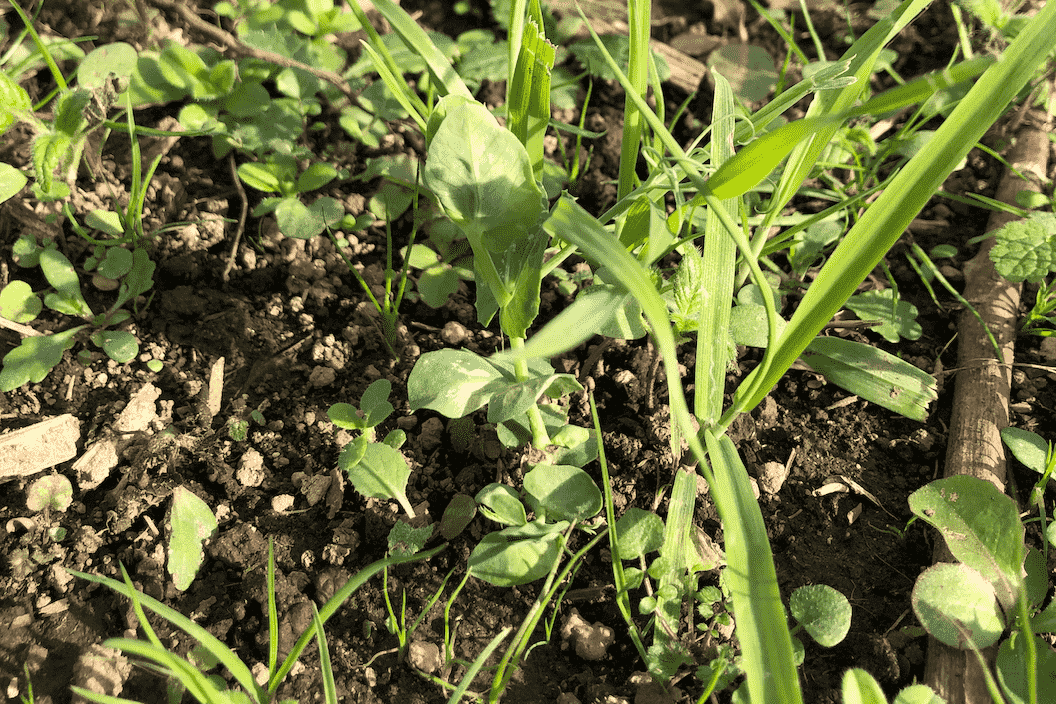
Benefits of Barley
- Benefits the soil: As another cereal grass, barley contains many of the same benefits as rye.
- Provides Forage: This barley and pea mix was seeded in an area that has lain fallow for several years. To get it back in production, after a round of soil building cover crop, pigs will be rotationally grazed to increase soil health and root up invasive blackberry. Barley is an excellent grazing food source (forage) for pigs.
Benefits of Pea
- Captures nitrogen: Just like vetch, pea is a nitrogen fixer and prepares the soil for future plants.
- Provides forage: Like barley, pea is a good protein source as forage for farm animals. These forage crops enable farmers to offset the cost of additional farm feed, and provide an alternative for often unsustainably-grown feed such as corn.
Photos of Anthony Reyes observing cover crop aggregates left in the soil earlier this year.
About Emily Palena
Emily is the 21 Acres Education Lead. Hailing from New Mexico and Boston, Emily is now in love with the salt and soil of the Puget Sound. As an educator, Emily looks for the movement, joy, and connection in every lesson and strives for sustained inclusion and inquiry. As a farmer, she loves coming home with dirt on her face and the satisfaction of watching things grow. Emily holds a M.Ed. in Curriculum and Instruction from the University of Washington and a certificate from Islandwood’s graduate residency program.











 back to blog overview
back to blog overview


